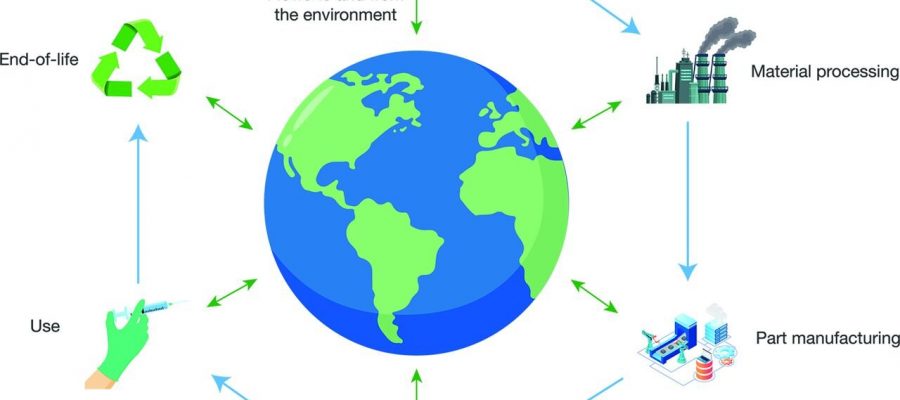
A new review has shown how medical professionals in cardiology can help reduce health care’s carbon footprint, by making small, low-cost changes in how they work.
The study, led by the Centenary Institute and the University of Sydney, highlights the potential to effectively reduce environmental impacts within cardiac care, without compromising on quality of health care. The review found that steps to reduce carbon emissions often reduced costs too.
The review, published in the journal Open Heart, explores the environmental impact of cardiovascular healthcare.
When clinically appropriate, decisions include what type of medical technology is used when examining the heart that could make a difference. Cardiac magnetic resonance imaging (MRIs) have a much larger carbon footprint compared to echocardiography (ultrasounds). Choosing remote monitoring of pacemaker devices and telehealth consultations can also help lower emissions.
Senior study author, Professor Christopher Semsarian AM, Head of the Centenary Institute’s Agnes Ginges Center for Molecular Cardiology and cardiologist at Royal Prince Alfred Hospital, said in light of climate-related threats, the environmental footprint of cardiovascular health care needed to be scrutinized.
“While the health care sector is vital to human health and well-being, it also has a significant carbon footprint, contributing 4% to 5% of global greenhouse gas emissions. This warrants further attention,” Professor Semsarian said.
“Our study emphasizes the impact of cardiology practice on the environment and also identifies measures to help make how we practice cardiology greener.”
Other recommendations by the researchers include using simple, low-cost interventions, such as quality improvement programs, aimed at cutting ordering of unnecessary blood tests and reducing the use of personal protective equipment where appropriate.
The researchers also found how small changes in operating theaters can help reduce waste. This included being mindful of how waste is disposed. For example in some situations, after cardiac bypass surgery, it is possible for bypass circuits (tubes connecting the patient to a machine that monitors the heart) to be rinsed and safely discarded in normal waste disposal rather than having to be incinerated as medically regulated waste.
“If global health care was a country, it would be the fifth largest emitter of greenhouse gases on the planet,” said lead author of the study, Professor Alexandra Barratt, from the School of Public Health, University of Sydney.
“It is essential we minimize the environmental impacts of health care as much as possible. Medical professionals can take action and make a difference, by making small adjustments on how we practice medicine, particularly to reduce low value care (for example unnecessary tests).”
“But how can we work towards a more sustainable health care system overall? A crucial starting point is to measure the carbon footprint, and other environmental impacts of specific health care practices. As present we lack that knowledge, and we need it to identify areas for improvement and to inform doctors and patients in making safe and effective changes,” said Professor Barratt.
The authors say further research is necessary to explore the environmental impact of various aspects of cardiology practice. This includes finding strategies to decrease the carbon footprint, and to determine the most efficient methods for educating and increasing awareness among cardiologists, nurses and other health care professionals about the environmental effects of cardiovascular health care.
More information:
Alexandra L Barratt et al, Environmental impact of cardiovascular healthcare, Open Heart (2023). DOI: 10.1136/openhrt-2023-002279
Journal information:
Open Heart
Source: Read Full Article
